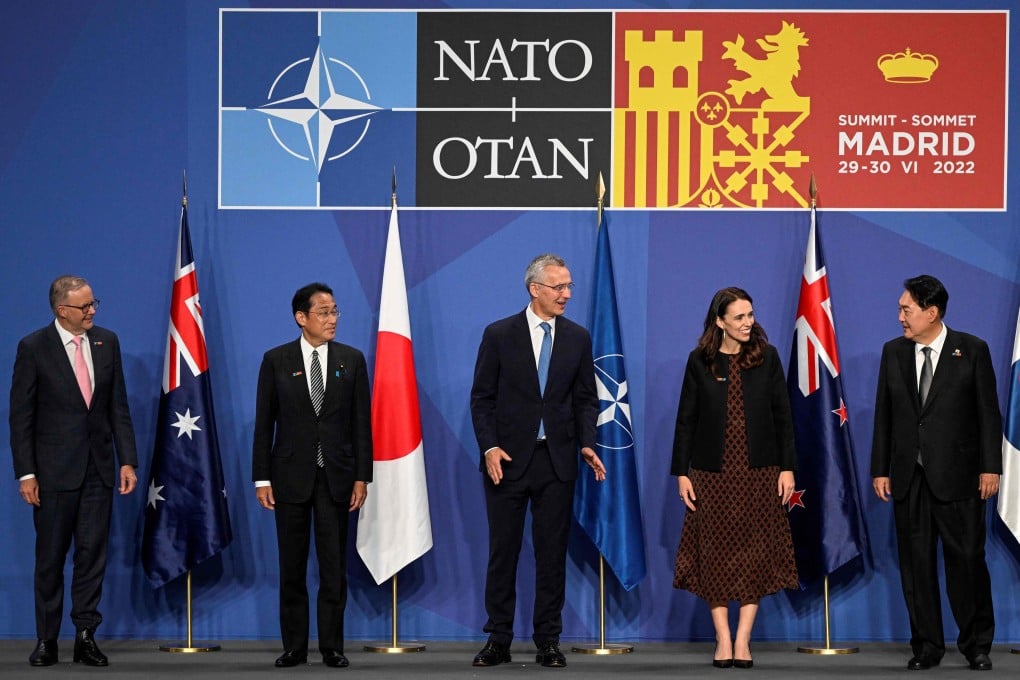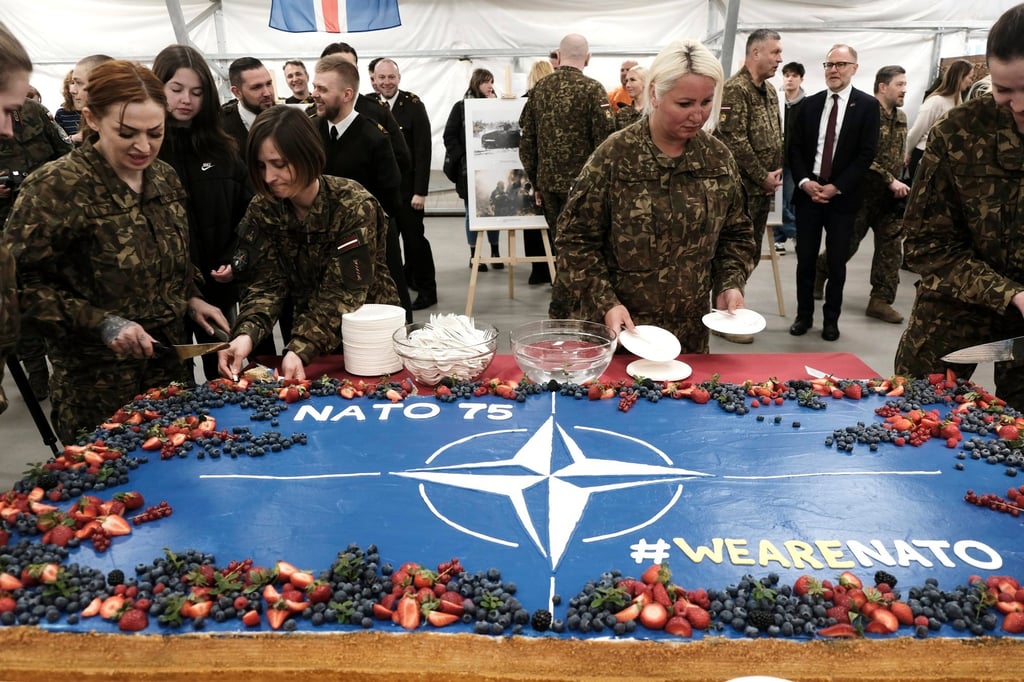Advertisement
Opinion | Nato needs allies in Asia but does it need an Indo-Pacific presence?
- Nato members have vested interests in the region, individually and collectively, but an alliance expansion would raise complicated questions over collective defence and overreach
Reading Time:4 minutes
Why you can trust SCMP
5

Nato is a transatlantic security apparatus at its core but, increasingly, there are calls for the alliance to expand into the Indo-Pacific, which has become the new centre of global attention.
As Nato’s partners in the Asia -Pacific, Japan, South Korea, Australia and New Zealand attended its summit in Madrid, Spain, in 2022 for the first time and were again present at the summit in Vilnius, Lithuania, last year.
Dubbed the “Asia-Pacific 4”, their inclusion underscored the rising importance of China in Nato’s strategic thinking, exemplified by its description of China as a “systemic challenge to Euro-Atlantic security” in 2022. In reality, Nato exists in Asia in all but name; its members are all linked, through security assurances or intelligence-sharing arrangements, to regional partners.
Advertisement
The idea of Nato opening a liaison office in Tokyo sparked a strong reaction from within the alliance and without – some, including French President Emmanuel Macron, decried it as overreach and others thought it was a signal of the future of Nato’s priorities.
As allies prepare for Nato’s 75th anniversary summit in Washington in July, they will need to articulate their vision for the alliance’s future in the Indo-Pacific. Nato members have collective and individual interests in the Indo-Pacific’s prosperity and security and will continue to play a role there, but the alliance needs to continue to strengthen its relationships and interoperability with partners in the region.

While Nato has no formal remit in the Indo-Pacific, its members have security and defence arrangements with regional partners, reflecting the inextricable links between both regions. The 1951 ANZUS Treaty, for instance, for all its ambiguity, denotes a “common” response from Australia, New Zealand and the United States should any party be attacked within the Asia-Pacific.
Advertisement
Select Voice
Choose your listening speed
Get through articles 2x faster
1.25x
250 WPM
Slow
Average
Fast
1.25x
.jpg?itok=-sjL1Ctv&v=1714975516)
